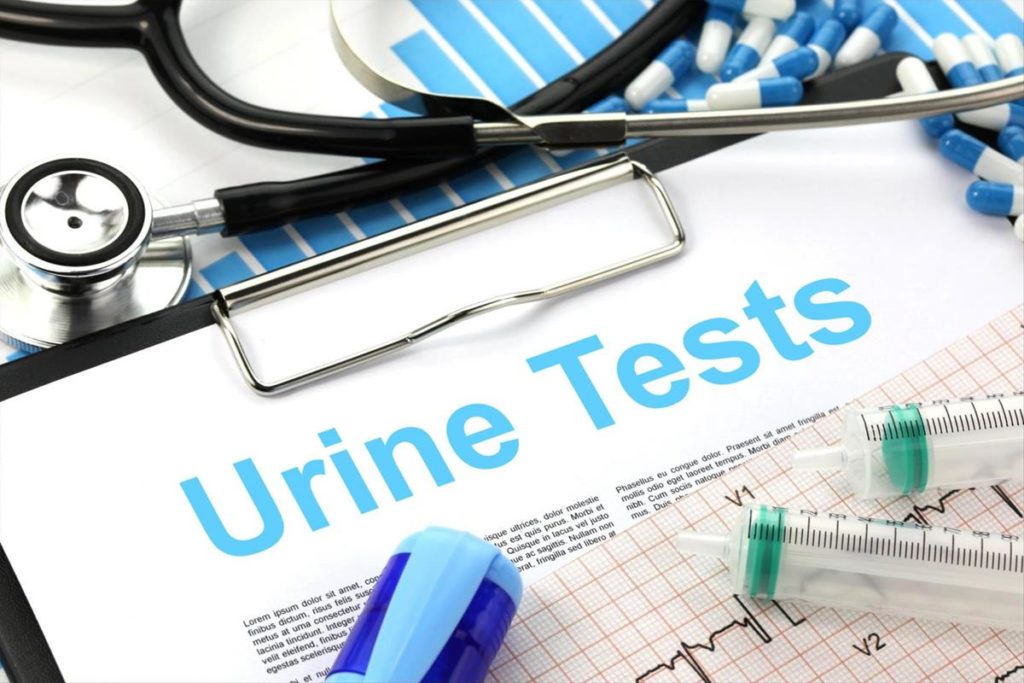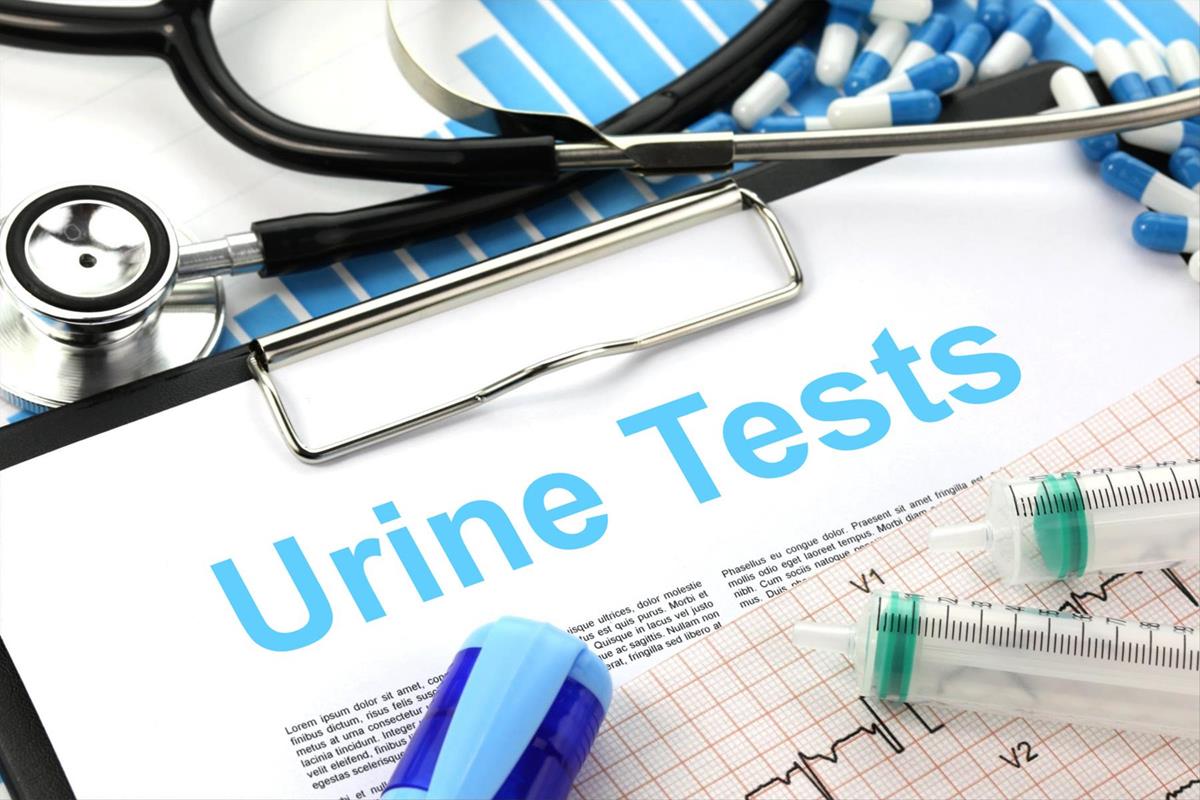In the discussion of stress and your lifestyle, we often discuss the body’s 3 main stressors and subluxations: chemical subluxation, physical subluxation and emotional subluxation. Emotional stress can be grief, mental health issues, past traumas impacting the body or anything related to your emotional state. Physical stressors might be something like the ergonomics of your desk chair, your workout regimen, the way you’re sleeping, the lack of physical activity in your life, or anything related to your physical state. Chemical stressors have to do with your external environment and the chemicals within it. These can be chemicals in the air you breathe, the water you drink, the different beverages you consume, alcohol, body and healthcare products, medicines, food, cleaning products or anything else related to the chemicals that you come into contact with any given day.

More on chemical subluxation stressors
These stressors often determine our mental health, physical, spiritual and emotional health. Chemical stressors can impact the body in a number of different ways by disrupting the endocrine system, which can lead to cancerous tumors, birth defects and other developmental disorders. The endocrine system is a network of glands and organs that produce, store and secrete hormones in the body. The issue with some chemicals is that the body and our environment have not had enough time to adapt to the new chemical compounds being introduced to them. As a result, the chemicals can bind to our hormone receptors and act like hormone mimics, causing issues with the regulation of our hormone systems and often contributing to disease and cancer.
This video does a great job explaining the issues with EDCs and our body:
In the article, the narrator makes what is probably the most important point of the entire video when he says,
“We’ve made something like 80,000 synthetic industrial compounds in the last century. That includes everything from plastics to flame retardants to pesticides that are used to deal with many of the problems that you have in modern life and they’re exceedingly complicated. You have a very, very complex experiment in which all of us are the subjects.”
More emerging concerns with EDCs and glyphosate
In recent years, the chemical glyphosate (commonly found in the weed killer RoundUp) has come into question. A CNN piece discusses the chemical’s impact on the body, stating that “Glyphosate, an herbicide that remains the world’s most ubiquitous weed killer, raises the cancer risk of those exposed to it by 41%, a new analysis says” – the piece goes on to discuss the research in further detail, stating that the University of Washington analyzed existing studies on the chemical and concluded that it significantly increases the risk of non-Hodgkin lymphoma, an immune cancer.
Further studies, linked in this WebMD article, state the long term health impacts of Glyphosate to include:
- Cancer
- Liver and kidney damage
- Reproductive and developmental issues
- Risk for pregnant women and children
The EPA’s take on glyphosate
Despite the ever-increasing body of research that suggests endocrine-disrupting chemicals (EDCs) can wreak havoc on the body, the FDA still allows many of them into the products that we consume and claims they’re safe.
On the EPA website, there’s an entire page dedicated to discussing safety concerns of Glyphosate:
“EPA scientists performed an independent evaluation of available data for glyphosate and found:
- No risks of concern to human health
- No indication that children are more sensitive to glyphosate
- No evidence that glyphosate causes cancer in humans
The agency concluded that glyphosate is not likely to be carcinogenic to humans. EPA considered a significantly more extensive and relevant dataset than the International Agency on the Research for Cancer (IARC). EPA’s database includes studies submitted to support registration of glyphosate and studies EPA identified in the open literature. - No indication that glyphosate is an endocrine disruptor
Based on all available information, EPA concluded, using a weight-of-evidence approach, that the existing data do not indicate the glyphosate has the potential to interact with the estrogen, androgen or thyroid signaling pathways. The screening program did not indicate the need for additional testing of glyphosate.”
The EPA’s website was last updated April 21, 2022, so as of a few months ago, that information was accurate, according to the FDA.
The CDC is getting involved
A new report from the Centers for Disease Control published June 2022 mentions the EPA’s denial that there is an issue with Glyphosate, but states that “Controversy and concern that the rising use of glyphosate may have adverse human-health effects exists. Yet, the extent of human exposure to glyphosate in the U.S. population is largely unknown. Data to better understand glyphosate are needed to increase our knowledge of its potential effects on health.” — this is directly in conflict with the EPA’s claim that no additional testing is needed.
But why would a governing body whose responsibility it is to protect the environment claim that something that has existed for less than 50 years doesn’t need to be studied further?
For some that might be an easier question to answer than others, but the important takeaway from this CDC report is 80% of subjects urine tested contained glyphosate. The Guardian breaks down a lot of the concerns and recent studies associated with glyphosate, the concern with non-hodgkins lymphoma, and the conflicting opinions between the EPA, Monsanto/Bayer (the creators and current owners of Roundup products) and the research of many private scientists (and now the CDC).
How to protect your family
We can rabbit hole in speculation, but based on history, we know already that there have been many instances where scientific facts have changed and things previously thought to be safe have been banned or more heavily regulated. If you’re already a patient at my practice, or heavily researched when it comes to EDCs and other synthetic chemicals, you probably control the use of chemicals in your household, including the use of pesticides, herbicides and the food that you eat.
However, you cannot entirely eliminate your exposure to harmful chemicals, so we always recommend a few of the following to keep your body detoxing to avoid chemical subluxation and reduce the amount of glyphosate in your body:
- Fulvic minerals
- Humic acids
- Activated charcoal
- Bentonite clay
- Probiotics
- Eating organic foods with sulfur and manganese
- Sweat often via exercise or sauna (or just go outside, it’s hot out!)
- Avoid animal products fed with non-organic foods
- Avoid GMO food items
- Avoid RoundUp as an herbicide
Get adjusted for chemical subluxation
When your spinal vertebrae are put back into proper alignment during a chiropractic adjustment, your central nervous system recalibrates and helps more efficiently send messages to the areas of your body that are responsible for ridding it of toxins associated with chemical subluxation. The more efficiently your systems can communicate, the less energy is used to detox and the more efficiently your body is able to eliminate harmful chemicals.
The overwhelming science already associated with glyphosate and other EDCs is pretty stacked up. If you’re holistically-minded, it is likely you’re avoiding the majority of GMO and conventional grains that are treated with glyphosate. However, making sure that you are diligent and proactive about movement, water intake, filling in the gaps nutritionally with supplements, eating quality food and taking care of your emotional wellness, you’re already far ahead of the game.
Science is constantly changing, but when you choose the organic approach to wellness, you can ensure that you’re armed with the best possible defense against anything coming your way – a powerful immune system and an integrated nervous system that communicate properly and efficiently towards your wellbeing.





